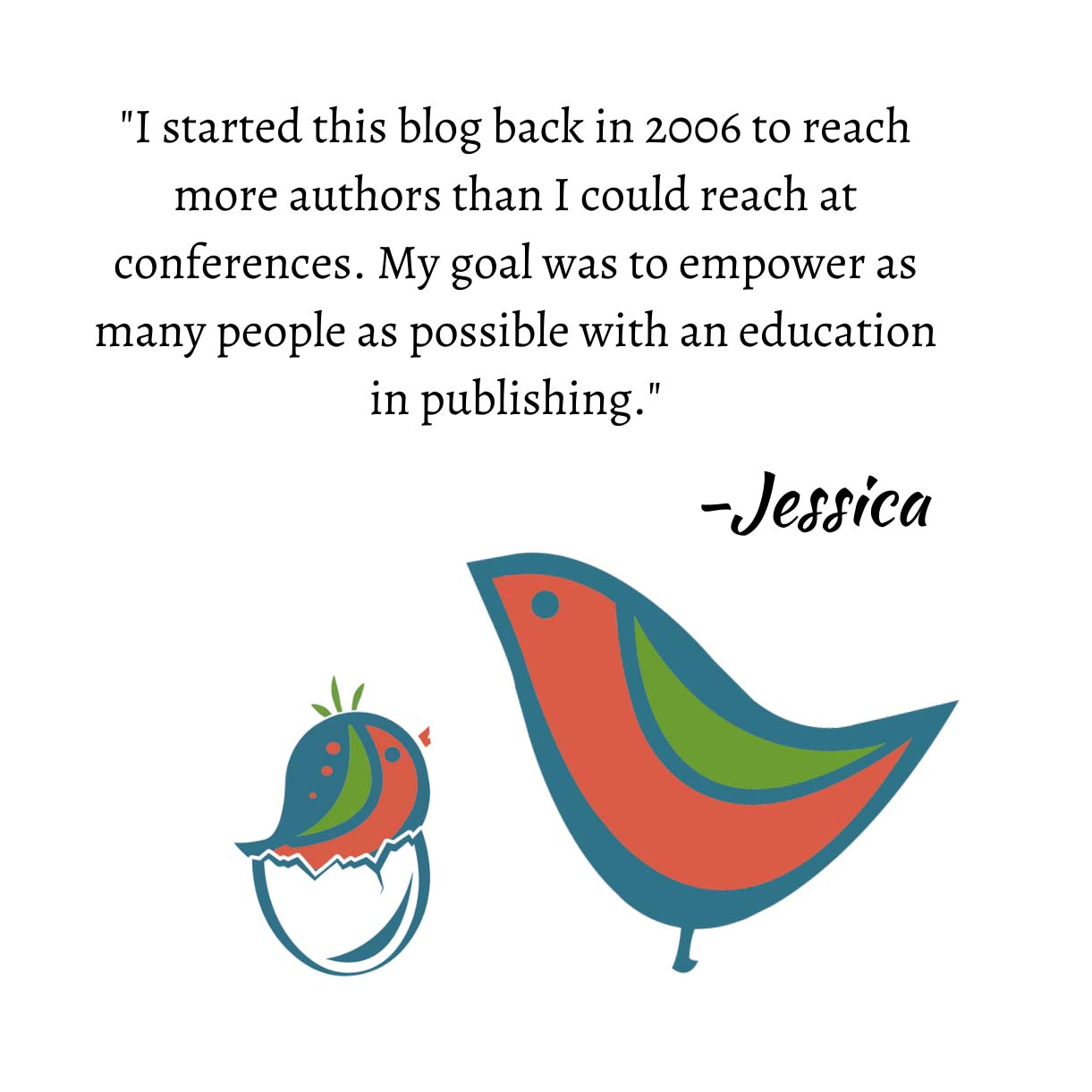Anatomy of a Book Deal: Inside the Publishing House
- By: Jessica Faust | Date: May 29 2018

Thank you again to Heather Webber for coming up with the idea for this great series. Anyone looking to design an author website should take a look at hers. It’s gorgeous.
Today Heather asked me to talk about what happens once an editor is interested in your book. Now that your agent has researched editors and gotten the book out on submission what happens behind publisher doors.
Getting an editor to fall in love with your book is just the beginning of a long process for her. Unlike agents, who can usually make their own choices about what they will represent, an editor is spending real money, and money that isn’t hers, so to offer on a book she usually needs the entire publishing team behind her.
While every house has a different process, and every book might go through slightly different steps, I’m going to present a breakdown of what your book will typically go through before a contract is even offered.
Once an editor reads and loves your book she will be required to get second reads. This usually means going to other editors who are respected within the house for their knowledge of the genre she’s buying in. It could also mean going to marketing, sales, or the editor-in-chief. There is the rare editor who is allowed to do “whatever she wants,” at the very least most editors will have a conversation with sales and marketing before making an offer.
The timeline for getting that editor to first read the book depends on a million different factors, but we can hear back from editors within 24 hours, 24 weeks, and once I even had it take 24 months (with an offer). During this time your agent will be reminding editors to read, sending out new queries and hopefully working with you on your next book.
Second reads usually take 1-2 weeks depending on the publishing house. Sometimes an editor will just pass the book off to a few colleagues for a read, other times the reads are presented and handed out at a weekly editorial meeting, at which point feedback is given at the next week’s editorial meeting.
If there’s a consensus that this book is worth pursuing, the editor’s next step will be to get the support of sales and marketing. Is this a book (sometimes based on the subject alone) they feel they can sell? If sales and marketing are exciting the question of the contract becomes how excited are they. In other words, numbers are run to predict, based on experience, how many copies of the book they’ll be able to sell into bookstores, and eventually readers. These numbers are what an offer is based on.
Once all of those people, and hurdles, are cleared, your agent can expect “the call.” And no matter what that offer is, we should all do a victory dance and take some time to celebrate.

I knew an editor required support/approval from others within the publication house, but I’d never realised just how many people that might involve.
And I love the header image on Heather’s web page. I’ve always loved dandelions – as kids we used to blow the seed fluff and make a wish to Santa Claus.
I hadn’t thought about the sales and marketing teams being involved from the beginning but when you stop and think it does make sense.
It makes you wonder what the authors who think agents are ‘evil gate keepers’ would do if they knew. You only have to impress 1 agent, you have to impress a team -or 2- publishers.